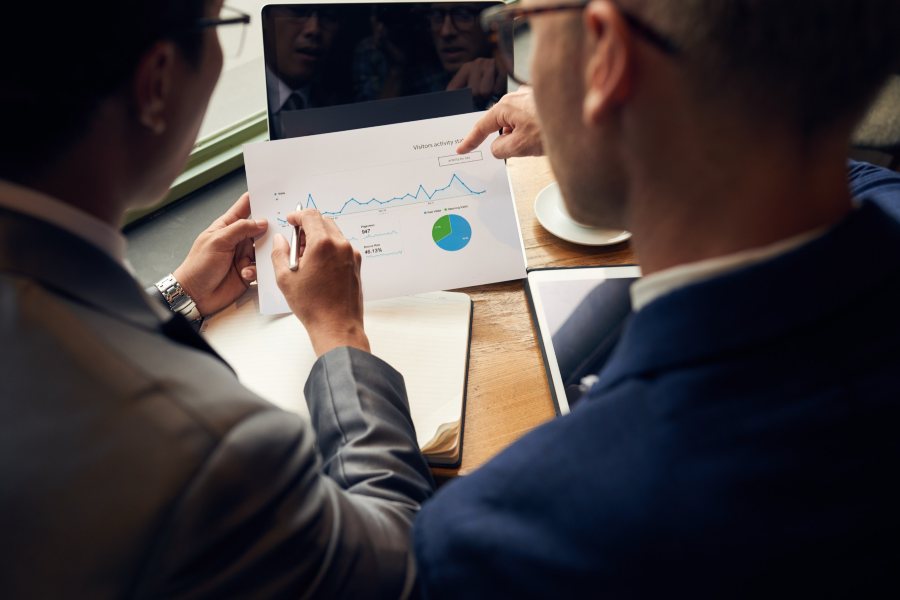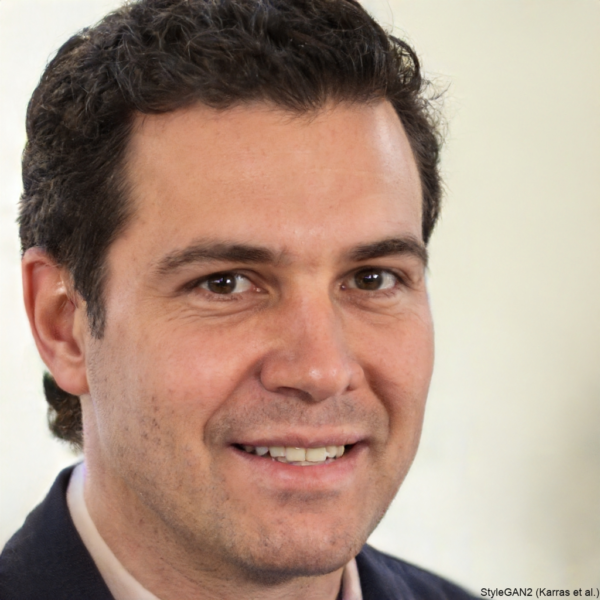Proving ROI: How LinkedIn Agencies Help CMOs Justify Their Budget

For CMOs navigating the high-stakes world of B2B marketing, LinkedIn has become more than just a “nice to have.” It’s where serious buyers hang out, where brand perception is shaped, and increasingly, where real revenue conversations begin. But getting buy-in for continued investment—especially from finance teams and boards—means proving one thing above all: return on investment.
That’s where LinkedIn agencies bring more to the table than just campaign management. They help marketing leaders connect the dots between ad spend and business growth—something that’s both art and science.
The CMO’s ROI Problem
It’s not that CMOs don’t believe in LinkedIn. Most do. The challenge lies in measurement. Unlike lead gen on Google or e-commerce on Facebook, LinkedIn’s impact often unfolds over months. Brand visibility, thought leadership, engagement with strategic accounts—these are real outcomes, but they don’t always show up neatly in a monthly dashboard.
And when the CFO or CEO asks, “What did we get for this spend?” answers like “more impressions” or “higher engagement” don’t always cut it.
CMOs need to tie spend to pipeline, revenue, and business objectives. That’s where external LinkedIn agencies play a valuable supporting role—making those connections clearer and more credible.
Better Attribution Frameworks
Agencies who live and breathe LinkedIn understand how to frame performance in a way that resonates with executive stakeholders. It’s not just about metrics—it’s about narrative.
They often build out multi-touch attribution models that incorporate:
- LinkedIn impressions and clicks as early touchpoints
- Engagement from named accounts (tracked via IP or CRM matching)
- Offline conversions that originate from paid content consumption
These frameworks give CMOs the ability to say: “This deal didn’t close because of LinkedIn, but LinkedIn was the first handshake.” That kind of framing changes how stakeholders value top-of-funnel activity.
Bringing Benchmarks Into the Conversation
When internal teams run LinkedIn ads in isolation, they often lack the broader context. Is a 2% CTR good for this industry? Should your CPL be $300 or $900 for this audience?
Agencies bring that data. They’ve seen campaigns across industries, verticals, funnel stages, and audience sizes. They know what “normal” looks like and what “exceptional” feels like.
This is especially helpful when CMOs are questioned about performance. Instead of defending numbers in a vacuum, they can point to benchmarks, trends, and tested patterns—adding weight to their strategy.
Turning Raw Data Into Boardroom Stories
Not every executive wants to sift through campaign dashboards. The real value comes when data is translated into stories that support decision-making.
Agencies often help CMOs build reporting frameworks that highlight:
- Momentum: Are we trending in the right direction month over month?
- Efficiency: Are we generating higher quality leads at better costs?
- Strategic alignment: Are we reaching the right companies and roles?
When LinkedIn campaigns generate webinar signups from high-fit accounts, or re-engage cold prospects, those moments deserve the spotlight. Agencies are often better positioned to find and frame those insights than internal teams drowning in day-to-day execution.
Campaign Sequencing That Reflects the Buyer Journey
Another way agencies help prove ROI is through better campaign architecture. Instead of running disconnected ads with generic messaging, they build sequences that mirror how B2B buyers actually make decisions.
A typical structure might look like:
- Phase 1: Awareness ads introducing a problem or insight
- Phase 2: Retargeted content offering educational resources or case studies
- Phase 3: High-intent CTA—consultation, audit, or trial
This layered approach supports ad optimization on linkedin by making each step more relevant and intentional. And when buyers convert after multiple touches, the path to ROI becomes easier to trace.
Efficiency in Spend (Not Just Scale)
Agencies often save CMOs money—not by cutting spend, but by improving spend quality. They trim wasted impressions, refine targeting, rotate creatives, and run experiments faster.
More importantly, they help CMOs answer the question: “If we had 20% more budget, where would we put it—and why?” That kind of strategic foresight builds trust with stakeholders and strengthens the case for growth.
Fewer Surprises, More Forecasting
Agencies also help CMOs plan. Based on performance data, they can forecast lead volume, conversion rates, and pipeline contributions for upcoming quarters. That allows marketing leaders to confidently commit to outcomes—and deliver on them.
It also shifts the conversation from “what did we get?” to “what can we achieve?”
Final Thought: It’s Not Just About Results—It’s About Visibility
ROI isn’t just about outcomes. It’s also about visibility. Can your leadership team see what LinkedIn is doing for the business? Can they understand its role, its value, and its momentum?
A good LinkedIn agency doesn’t just deliver results—they make sure those results are seen, understood, and acted upon.
For CMOs trying to justify their budget in a skeptical boardroom, that kind of support is invaluable.
